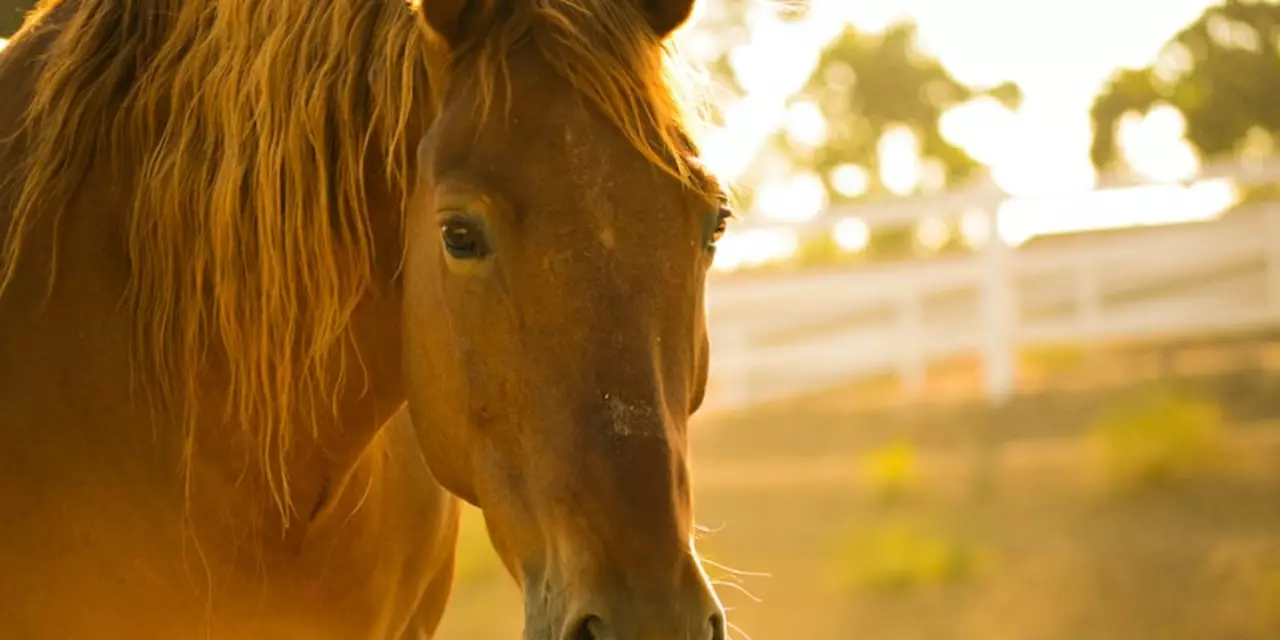Accident Prevention in Horseback Riding
Ever wondered why a fun ride can turn into a scary slip? Most accidents happen because something simple goes wrong – a loose strap, a sudden buck, or a rider’s loss of balance. The good news is you can cut the risk dramatically with a few easy habits.
Common Causes of Riding Accidents
First, let’s figure out what usually trips riders up. A horse will buck if a flank strap is too tight, if it’s startled, or simply because it’s a high‑energy animal. Bucking can send you flying off the saddle in a split second.
Second, inadequate equipment is a silent danger. Wearing no helmet, riding with worn‑out reins, or using the wrong type of spur can all lead to loss of control. Even a loose saddle pad can shift and make it hard to stay balanced.
Third, rider inexperience plays a huge part. Skipping a warm‑up, jumping straight into a fast gait, or ignoring basic seat position often ends with a tumble. The body needs time to sync with the horse’s movement.
Practical Safety Tips
Here’s what you can do right now to stay safe. Always wear a certified riding helmet – it’s the single biggest thing you can add to protect your head. Make sure it fits snugly and replace it after a hard knock.
Check your tack before every ride. Tighten the girth, ensure the bridle sits correctly, and verify that any straps (like a flank strap) are snug but not painful. If something feels off, fix it before you mount.
Take a few minutes to do a basic warm‑up on the ground. Walk the horse, check its gait, and give it a gentle “yes” or “no” cue. This helps both you and the horse settle into a rhythm.
When you’re learning new moves, use a lunge line or a trainer’s aid. A lunge lesson lets you work on balance without worrying about steering, so you can focus on staying seated.
Know the signs that a horse is about to buck – ears pinned back, nostrils flaring, or a sudden pause in the stride. If you see those cues, slow down, give the horse space, and avoid sudden rein pulls.
If an accident does happen, stay calm. Check yourself for injuries first – a head bump or a twisted ankle needs immediate attention. Then assess the horse. Look for signs of distress, like limping or abnormal breathing, and call a vet if needed.
After any fall, give both you and the horse a break. Rest, hydrate, and review what went wrong. Talking it over with a trainer can turn a scary moment into a learning boost.
Remember, riding is a partnership. When you respect the horse’s signals and keep your gear in top shape, accidents become rare rather than expected.
Got a specific worry? Maybe you’re nervous about riding after a long break, or you wonder if a particular spur is safe. Ask a qualified instructor – a quick chat can clear up years of doubt.
Bottom line: safety isn’t about fearing the horse, it’s about being prepared. Helmet on, tack checked, body warmed up, and you’re good to enjoy the ride with peace of mind.
What is the saddest horse riding accident?
This article examines the tragic event of a horse riding accident that resulted in the death of a woman in England. The accident occurred when the woman was riding her horse and it suddenly reared up, throwing her off. She was not wearing a helmet and suffered serious head injuries. The woman was taken to the hospital but sadly died the following day. This tragedy serves as a reminder to always wear a helmet when riding a horse and to always be aware of the horse's movements. It is important to take all necessary precautions to protect yourself and the horse when riding, as such accidents can have devastating consequences.
READ MORE